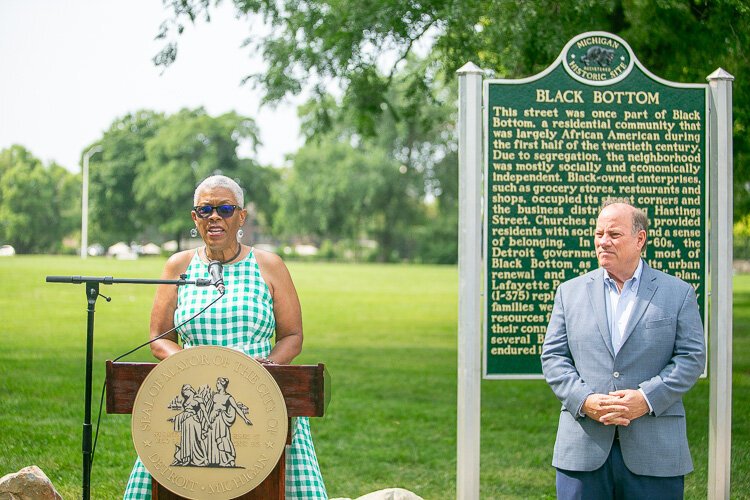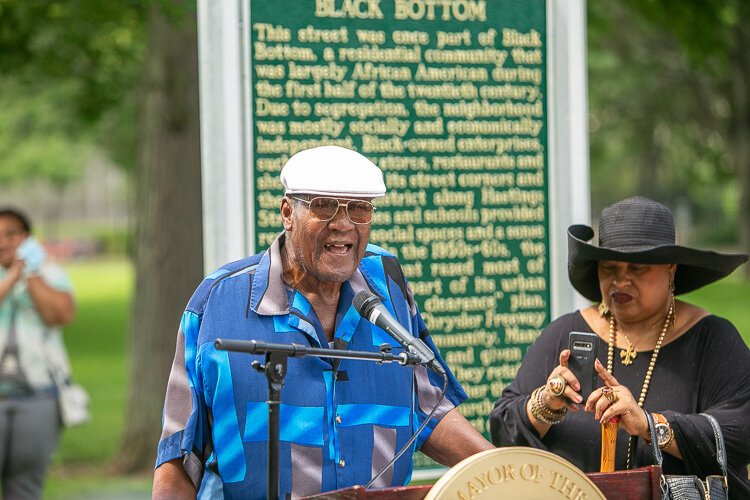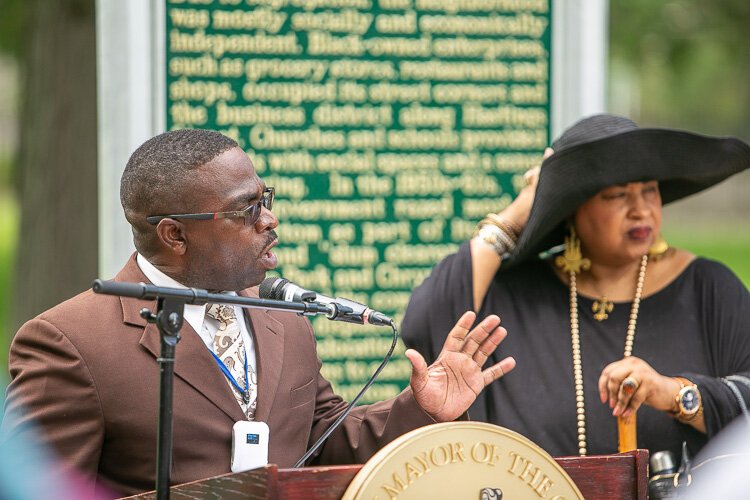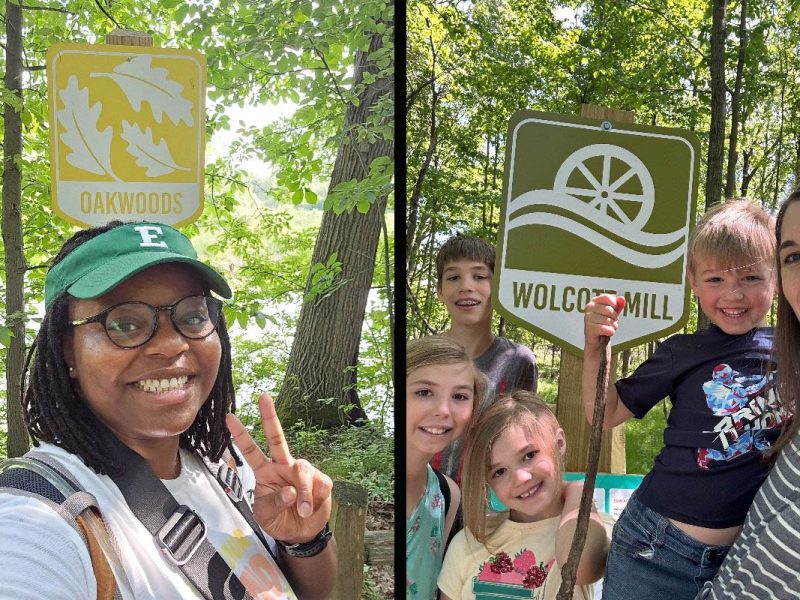Black bottom gets long-awaited historical marker
At a ceremony last week to celebrate the erecting of a new historical marker for the community, historian Jamon Jordan said that the history in the neighborhood went even farther back than the Black Americans who settled there
When the Black Bottom neighborhood was demolished in the name of urban development in the late 1950s and 60s, it signaled the end of an era of cooperative economics for African Americans.
Urban renewal projects were a preeminent way that federal, state, and local government entities used to displace Black communities and disrupt economic growth.
In Detroit, the destruction of the Black Bottom neighborhood resonated for years.
At a ceremony last week to celebrate the erecting of a new historical marker for the community, historian Jamon Jordan said that the history in the neighborhood went even farther back than the Black Americans who settled there.
Jordan noted that indigenous people populated the fertile land, which contrary to popular belief was named Black Bottom not for its residents, but for the richness of the soil. The fertile land later contributed to the prosperity of the French-owned ribbon farms for whom several streets are still named.
The Black Bottom community was also home to Elijah Robert Poole who later chose the name Elijah Muhammad—the founder of the Nation of Islam.












